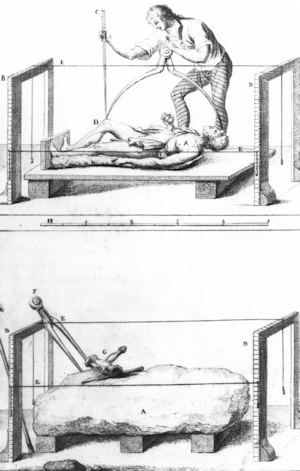
As this article has described, the process of undertaking a specific project using RTI can very usefully be conducted as a multi-vocal learning exercise in which those who participate not only learn how to operate the system but are encouraged to contemplate and analyse the materiality of the object being examined in a way not otherwise available to them. In our case the four members of our team were led to discuss the tomb's biography, its spatial characteristics, its gendered qualities and their implications and the changing attitudes towards mortuary monumentality, as well as its place within a given religious environment across more than three centuries. As a result, all of us now include RTI as one of the visualisation techniques we bring to our archaeological fieldwork and research. We also employ and teach it at as a useful digital method that enables close scrutiny of any worked surface, as we have discussed above.
Disseminating one's results to other audiences has also led to new and unexpected information about the tomb. After a paper on this project was delivered by Jones to the Society of Architectural Historians of Great Britain's New Insights conference in 2015, the architectural historian and sculpture specialist, Dr Adam White was able to detect marks left by John Bushnell's innovative use of a pointing machine on the PTMs. White explains that this pointing machine:
'…was an adjustable measuring device used by sculptors to transfer measurements from a model to a piece of stone in order to save the risk of over-cutting the stone which could not then be repaired. Illustrations of a pointing machine in use can be found in Francesco Carradori's manual, Instruzioni elementari per gli studiosi della scultura, published in 1802. They show a simpler version of the machine in the form of a frame which is suspended over the model and is used to take measurements, in conjunction with a calibrated drill which looks like a bow and arrow.
The sharp "points" created by the machine on Dame Mary's effigy are quite distinct from the shallow indentations which the sculptor has carved on her face to indicate the smallpox scars.' (White 2015, pers. comm.)
Since John Bushnell was one of the first English sculptors to learn his trade in Italy, this discovery of his use of Italian techniques and their importation into Britain forms another illustrative footnote not only to the development of post-Restoration British sculpture but it also provides an insight into the methods Bushnell used when creating Dame Mary and his other effigial figures, such as Jane Ashburnham. The pointing machine was used in the 18th and 19th centuries (see Figure 23), but there is evidence that other types of measuring devices such as plumb lines had been used much earlier (see Bartmann 1992, 69). The findings in this article could therefore point to an earlier instance of the pointing machine.

Internet Archaeology is an open access journal based in the Department of Archaeology, University of York. Except where otherwise noted, content from this work may be used under the terms of the Creative Commons Attribution 3.0 (CC BY) Unported licence, which permits unrestricted use, distribution, and reproduction in any medium, provided that attribution to the author(s), the title of the work, the Internet Archaeology journal and the relevant URL/DOI are given.
Terms and Conditions | Legal Statements | Privacy Policy | Cookies Policy | Citing Internet Archaeology
Internet Archaeology content is preserved for the long term with the Archaeology Data Service. Help sustain and support open access publication by donating to our Open Access Archaeology Fund.